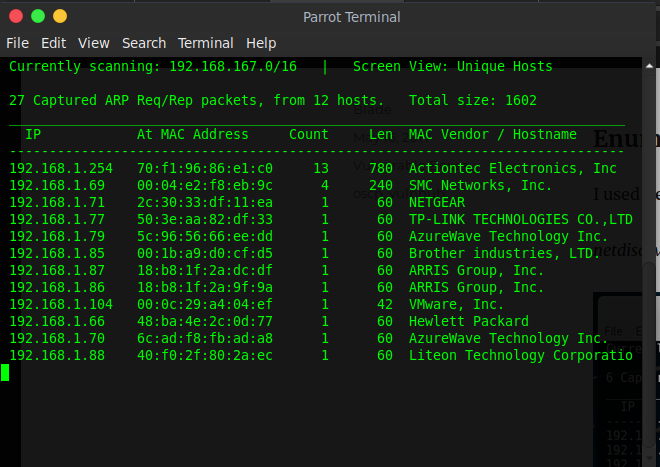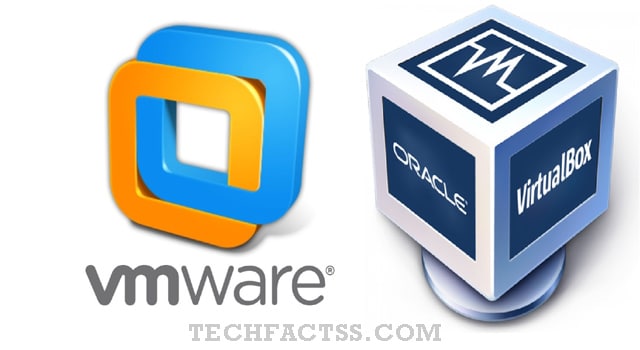

- VMWARE VS VIRTUALBOX LAB HOW TO
- VMWARE VS VIRTUALBOX LAB INSTALL
- VMWARE VS VIRTUALBOX LAB DRIVERS
- VMWARE VS VIRTUALBOX LAB PRO
- VMWARE VS VIRTUALBOX LAB WINDOWS 7
VMWARE VS VIRTUALBOX LAB HOW TO
As you saw in the example above, you will also need a Vagrantfile to actually get your VMs up and running, and instead of letting you figure out by yourself how to do that I am providing such a Vagrantfile for your use here. All you need for this is the ScaleIO installation package that you can find on, unpack it and you’ll find a folder called CentOS_6.X, and there you’ll see a file called “ 6-install“, which is the most recent version by the time of this writing.Ĭreate a new directory called “scaleio” somewhere on your computer and copy the installation file there. Ok, now that you’ve become somewhat comfortable with VirtualBox and Vagrant, let’s move on to the ScaleIO lab setup. That’s it! Now you have a fully installed Ubuntu 13.10 VM where you can do whatever you want, and all you’ve done is issue a few commands 🙂

After it’s booted, you can ssh to it with the following command: vagrant ssh Vagrant will now download a “Cloud Image” of Ubuntu 13.10, initialize the Vagrant directory with a Vagrantfile and start the VM.
VMWARE VS VIRTUALBOX LAB INSTALL
If you want to try Vagrant and VirtualBox before we get to the ScaleIO deployment, you can create a folder called “vagrant”, open your terminal/command window into that folder, and run the following commands to install and start a recent Ubuntu distribution automatically: vagrant box add saucy No configuration needed there either, as all the settings we’ll use with Vagrant will be in a so called Vagrantfile. Download it, install it and you’re ready to go. It runs on Windows, OS X and Linux as well, so no matter how you spell your favourite OS you’ll be able to use it. Next up is Vagrant, an awesome tool for automating creation and configuration of VMs running in VirtualBox, VMware Fusion, AWS and others. It is a really good virtualization solution and I’ve been using it for years next to my VMware Workstation and VMware Fusion installations. No configuration needed unless you want to change any of the defaults we’ll be working with. If you just want to see how it runs without installing anything, here’s the entire automated setup captured in asciinema, one of my new favourite tools:įirst tool we’ll use is VirtualBox, a freely available and open source virtualization solution (yes, no money needed to get it but please contribute to the development!) for Windows, OS X, Linux and Solaris.

However, you might not have your own hardware lab to run it on, but you do have a laptop or desktop, right? Awesome! That’s all you need, and we’ll go through how to get it up and running by using some really smart tools. Xeon 5600, Xeon 3600, Core i7-970, Core i7-980, Core i7-990)įor a complete list of supported host and guest the operating systems visit the VMware Compatibility Guide.If you’ve read the other blog posts on ScaleIO you might be interested in running it yourself.
VMWARE VS VIRTUALBOX LAB DRIVERS
VMWARE VS VIRTUALBOX LAB WINDOWS 7
Note that Windows 7 hosts are no longer supported, Workstation 16 will not function on them.
VMWARE VS VIRTUALBOX LAB PRO
VMware Workstation Pro and Player run on most 64-bit Windows or Linux host operating systems:

A compatible 64-bit x86/AMD64 CPU launched in 2011 or later *.For more detail, see our System Requirements documentation. VMware Workstation runs on standard x86-based hardware with 64-bit Intel and AMD processors, and on 64-bit Windows or Linux host operating systems.


 0 kommentar(er)
0 kommentar(er)
